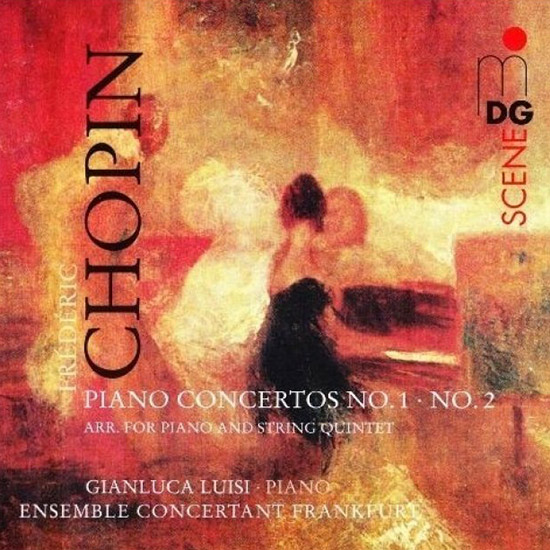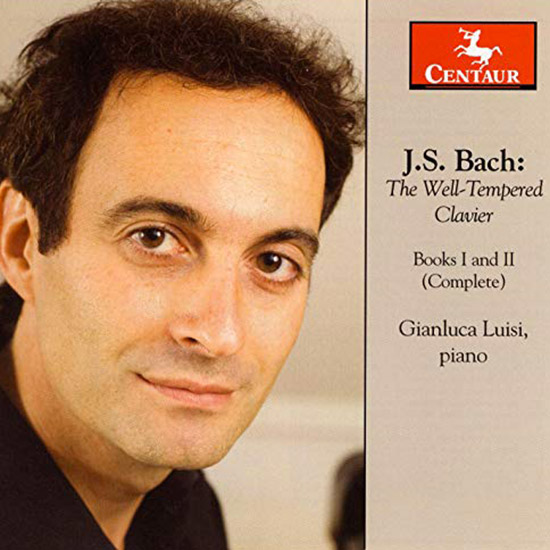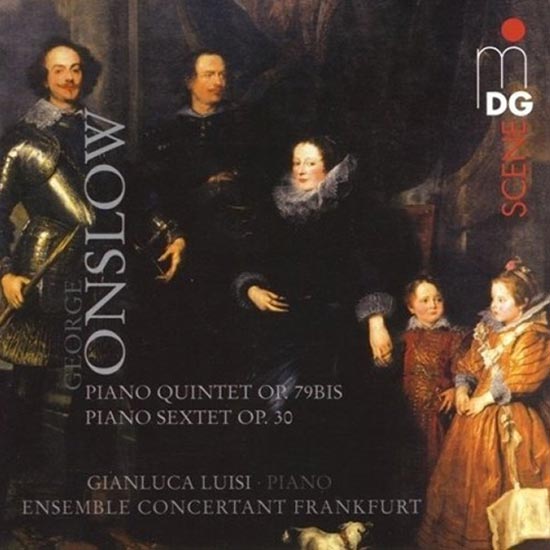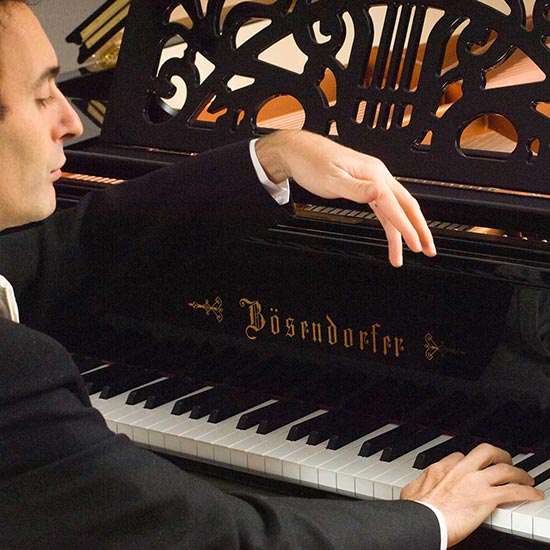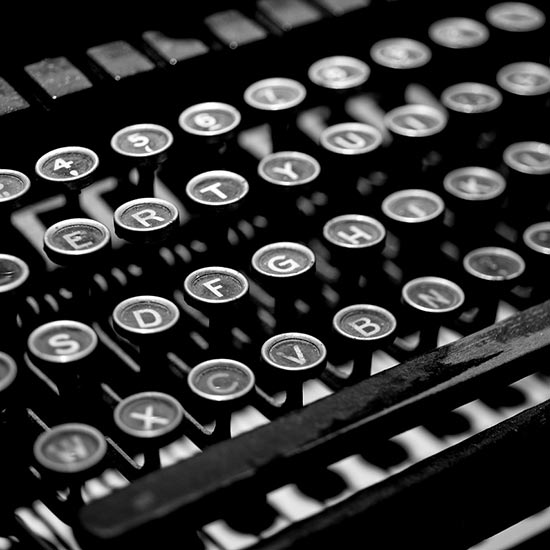En miniature
Die überquellende Phantasie eines sehr begabten polnischen Komponisten kam den Parisern gerade recht. Für ein Sinfonieorchester waren ihre Adelssalons Mitte des 19. Jahrhunderts allerdings zu klein. Und dennoch musste das Publikum auf Klavierkonzerte nicht verzichten. Das Ensemble Concertant Frankfurt hat zwei Klavierkonzerte von Frédéric Chopin mit Streichquintettbegleitung aufgenommen – mit Kontrabass und auf Basis der deutschen Erstausgabe von 1833.
En passant
Frédéric Chopin war als junger Komponist ein Meister der Selbstvermarktung. Er präsentierte sich 1832 in den Salons von Paris mit seinem Klavierkonzert Nr. 1, das er in seiner polnischen Heimat speziell zur Werbung in eigener Sache komponiert hatte. Die Aufführung mit Streichquintett machte Furore: Fortan war Chopin in Paris ein bekannter Mann, der sich vor Konzertanfragen kaum retten konnte. Auch die Musikverleger standen Schlange: Schlesinger durfte das Werk ein Jahr später zeitgleich in Frankreich, Deutschland und England in drei Fassungen veröffentlichen. Neben der Version mit Streichquintett gab es auch gleich eine für Solo-Klavier und für Orchester.
Impertinent
Das Klavier war Chopin wichtiger als jedes andere Instrument. Bereits in seiner Warschauer Zeit legte er großen Wert auf den Klang und die technischen Finessen. Als er sein Klavierkonzert Nr. 2 im März 1830 erstmals aufführte, war Chopin gänzlich unzufrieden: Der Flügel habe dumpf geklungen, die Basspartien seien gar nicht zu hören gewesen. Bei der zweiten Aufführung durfte er ein besseres Instrument spielen. „Nun erst gab es Beifall und Lob dafür, dass jede Note wie eine Perle gestochen sei.“
En perfection
Gianluca Luisi hatte solche Sorgen nicht. Er durfte einen sorgsam restaurierten Steinway aus dem Jahr 1901 zu perfektem Wohlklang bringen und passt sich insofern dem samtig-weichen Spiel der fünf Musiker des Ensemble Concertant Frankfurt ideal an.
“Several more famous pianists have produced unsatisfying versions, but the performance here by Italian pianist Gianluca Luisi may be optimal. Equal credit goes to Luisi, the Ensemble Concertant Frankfurt, MDG’s crack team of audiophile engineers, and perhaps even the restorer of Luisi’s 1901 Steinway, a truly lovely instrument that achieves with a quiet voice what more powerful later instruments delivered with sheer power. Without ever disturbing the delicate balance between pianist and instrumentalists he creates the range of musical colors that defines these concertos as key works in the emergence of Chopin’s musical language. Another very strong entry in MDG’s series of historically oriented performances. ”
Chopin’s concertos in a marvelous chamber music setting with Gianluca Luisi playing a 1901 Steinway that achieves a sonority reminiscent of a Chickering piano and the Concertant Frankfurt Ensemble, whose members stress beauty of tone and the give and take between soloist and ensemble.
Delle varie edizioni ascoltate della versione cameristica dei due lavori, questa della casa tedesca e` la piu` convincente proprio per il perfetto ottemperare alle diverse esigenze. Luisi suona con grande liberta` di espressione entro un perfetto controllo dei dettagli e dell’insieme, e i cinque strumentisti di Francoforte, precisi nell’insieme e negli appuntamenti col solista, non fanno rimpiangere gli strumenti a fiato dell’orchestrazione originale. Il Concerto in Mi minore non perde nulla della sua maestosita` e il Concerto in Fa minore nulla della sua poesia timbrica, che culmina in un Larghetto ancora piu` toccante nell’intimita` dell’organico ristretto. Che si debba d’ora in poi fare i conti con la bellezza cameristica dei Concerti Biedermeier? Di quali, dopo quelli di Chopin?
The young Chopin was a master of self-marketing and performances of the first Piano Concerto with string quintet created a sensation, bringing him instant fame and more concert invitations than he could accept. Here, Gianluca Luisi performs on a carefully restored Steinway from 1901 which fits in ideally with the velvety sound of the Ensemble Concertant Frankfurt.
The orchestration of Chopin’s piano concertos is not perfect. Everyone will agree. It’s not even known whether Chopin himself did the orchestration. We do however know that he prepared versions for piano and string quintet and published them even before the orchestral ones. These are the versions performed here.
Certainly, clarity of texture, is one of the advantages of this approach. The piano is not drowned under the heavy-handed orchestral tutti any more. Therefore, there is no need for the pianist to over-shout the accompaniment. The ensemble is more flexible. Some inner voices are better heard. I especially loved the cello lines that resurface from the background and intertwine with the piano. The slow movements attain a “honeyed” quality – à la Tchaikovsky Second. At the end of the day, these piano concertos are not about dialog between the soloist and the orchestra. They are piano showpieces, with the orchestra added to punctuate and set off some sides and corners. The piano part is still there; does it really matter much whether you place your diamonds on black velvet or black silk?
There are disadvantages too, besides the expected “we are just not used to it”. Some corners that are “rounded” when many instruments play the part become sharp when there is only one voice to a part. I really miss the woodwind in some places, like the first movement E minor coda. Also, when playing forte, the strings sometimes seem to be trying to impersonate the full orchestra and just strain and “squeeze” the voice out.
The sound of the restored 1901 Steinway is certainly attractive, but not especially powerful. This lends fragile beauty to the slow movements and gentler places. It also brings real quicksilver colors to more mercurial episodes, as in the coda of the E minor finale. On the other hand, the sound lacks weight in the more tempestuous places. For example, the mighty cascades at the end of the E minor 1st movement development lose the overwhelming effect they usually have. In the slow movement of the same concerto, the piano sound is too sharp for real poetry to awake. The climax of the finale – before the last return of the refrain – leaves the feeling of “what if”. I probably cannot be a fair judge here: I am a Martha Argerich fan, and happen to love her “thundering” approach to this concerto. I always return to the evergreen Pollini/Kletzki on EMI. The latest live performance by Argerich and Kaspszyk from the 2010 Lugano box is also excellent.
The chamber approach suits the F minor concerto much better. Although it resembles the Op.11 concerto, as a twin sister resembles her brother, it is gentler, less dramatic. Also, the role of the piano is greater here, and Luisi’s playing is especially expressive and subtle, so it compensates for any discomfort you may feel from the “adventurous” accompaniment. The coda of the first movement is as sensitive and beautiful as ever. The piano is deeply poetic in the slow movement, with strings murmuring softly. This movement probably benefits the most from the reduction of forces. The rich piano part of the finale feels good in chamber clothes. It glitters and flutters like a butterfly in the sun. The mood is light and relaxed. Unfortunately, it also means that the excitement is gone. It is beautiful – but boring.
Chopin is Chopin, and if you love his piano concertos you’ll find a lot to love here. Also, it is interesting to envision what it was like when he played his concertos in Parisian salons, with reduced forces. I wish I could be more enthusiastic. Indeed, I hear more inner lines, but these lines are thin and sharp, as if I saw on an X-ray the skeleton of a beautiful ballerina. I understand that there is a lot on both sides of the weighing scales, and probably your own head needs to be added to the equation. So I advise to listen to excerpts online, if possible.
I cannot appraise the SACD sound quality, but on a regular player I do not feel any especial depth of sound. Quite the contrary, strings sound shallow, although the piano voice is captured well.
The booklet contains an engaging essay by Elisabeth Deckers in English, French and German about the history of creation of the concertos in their various arrangements, as well as advocacy for the chamber version of these works.


